After the adventures in the Arequipa area, I continue the trip going to Paracas, Huacachina and Ayacucho.
Paracas
Paracas is a coastal town 3 hours south of Lima and 12 hours north of Arequipa. It is quite touristy, but quiet, and you can visit the “Ballestas Islands”, with local fauna such as penguins, sea lions and various birds, and the Paracas national reserve.
I meet Christian and Melissa at the hostel and we rented a bike to go to the reserve.
Just leaving town, and we are already surrounded by golden dunes that contrast with the blue sky, the landscape is fantastic!
Most of the coast of Peru is made up of desert, 10% of the country. The rest of the country is made up of the Andes or “Sierra” (30%) and the Amazon Jungle, (60%). Peru is a bit smaller than Alaska.
Fighting against the wind we managed to reach a tiny fishing village called “Lagunillas”, which with the boats, pelicans and the dunes looks exactly like a painting. Here we take the opportunity to eat ceviche and drink a beer.
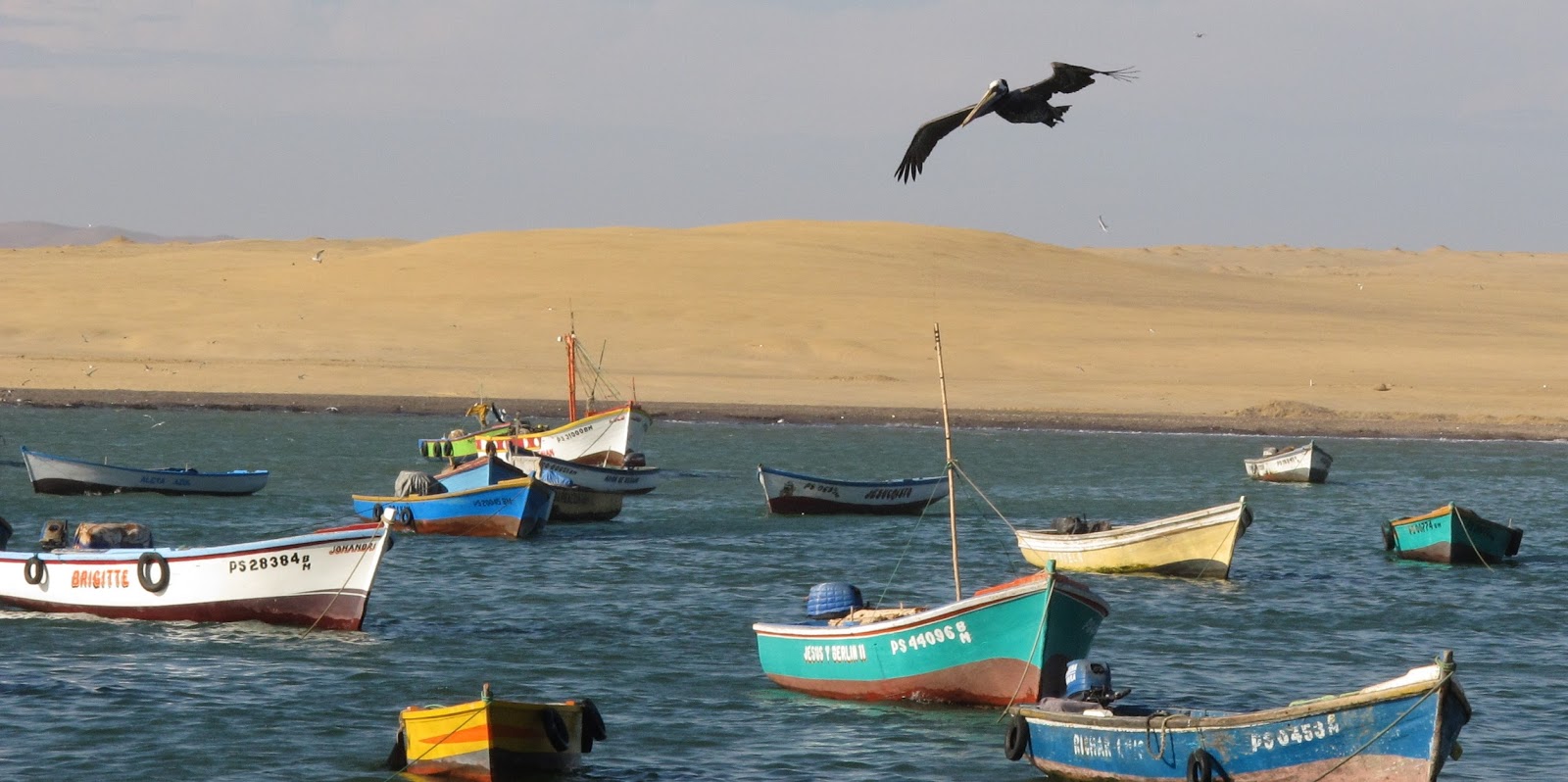 |
| Pelican in the port of Lagunillas |
We also visit La Mina beach and the Cathedral, a cliff with spectacular views and a magnificent sunset.
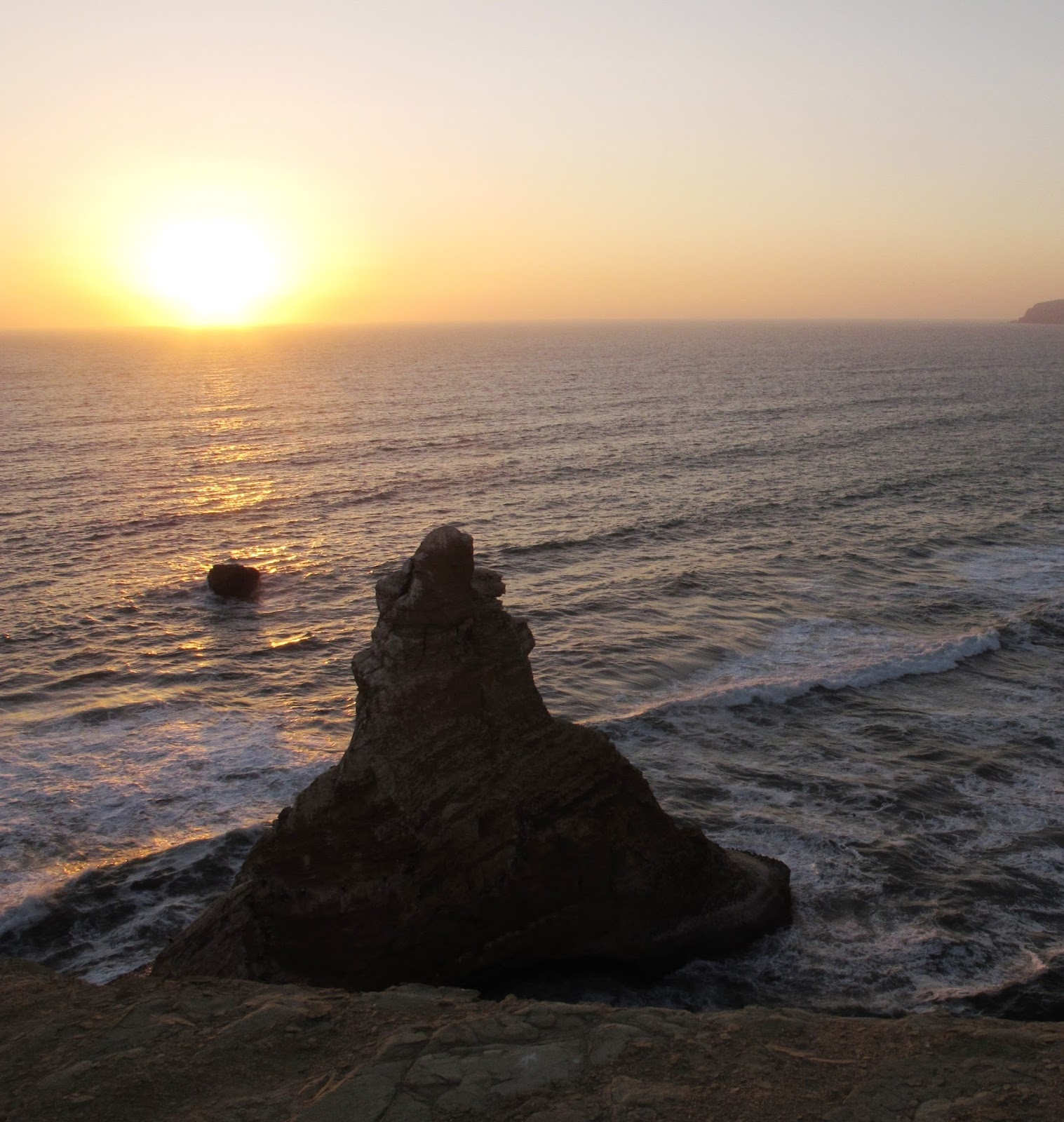 |
| Sunset at the Cathedral, Paracas |
The Oasis of Huacachina and the Pisco in Ica
From Paracas I go west to visit Huacachina, an oasis near Ica. The place was a kind of spa to rest in the middle of the 20th century, and today it is a tourist center where people go by buggies through the desert and slide down the dunes with a snowboard. Despite the clubs full of teenagers on weekends, the place has a certain charm.
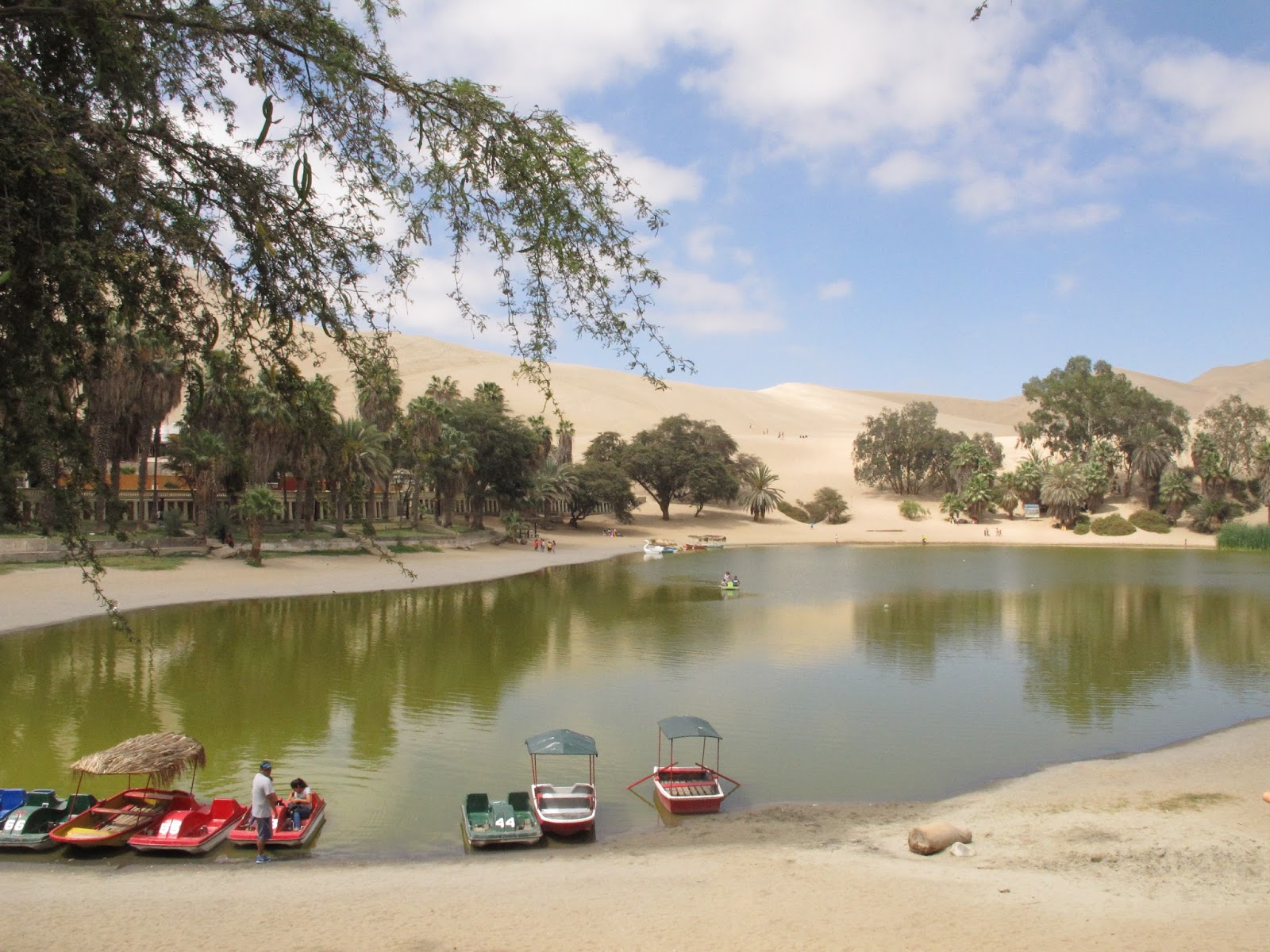 |
| Oasis in Huacachina |
With my friend Karin from Lima we decide to take a Buggy ride in the afternoon, which is better to avoid the heat and to be able to see the sunset. It’s like a roller coaster but through the desert!
We also take the opportunity to visit the vineyards and wineries of Tacama. When the Spanish invaded Peru, they planted the first vines to obtain wine for the masses near Mollepata, at almost 3,000 meters of altitude, and the harvest did not go very well. That is why they moved the vineyards near the sea, in the desert domesticated by irrigation canals by the Nasca and Paracas cultures.
Over time, apart from wine, they began to produce Pisco, Peru’s star brandy.
8 grape varieties are used to make pisco, 4 aromatic and 4 non-aromatic. It is pressed and after 1 or 2 weeks of fermenting it is distilled. It has about 42 degrees of alcohol, and it resembles “grappa” with the difference that pisco discards the skin in its fermentation.
There are pure piscos (a single variety of grape), “acholados” (several varieties of grapes) or “mosto verde” (with shorter fermentation). This Pisco thing is a whole world!
Ayacucho
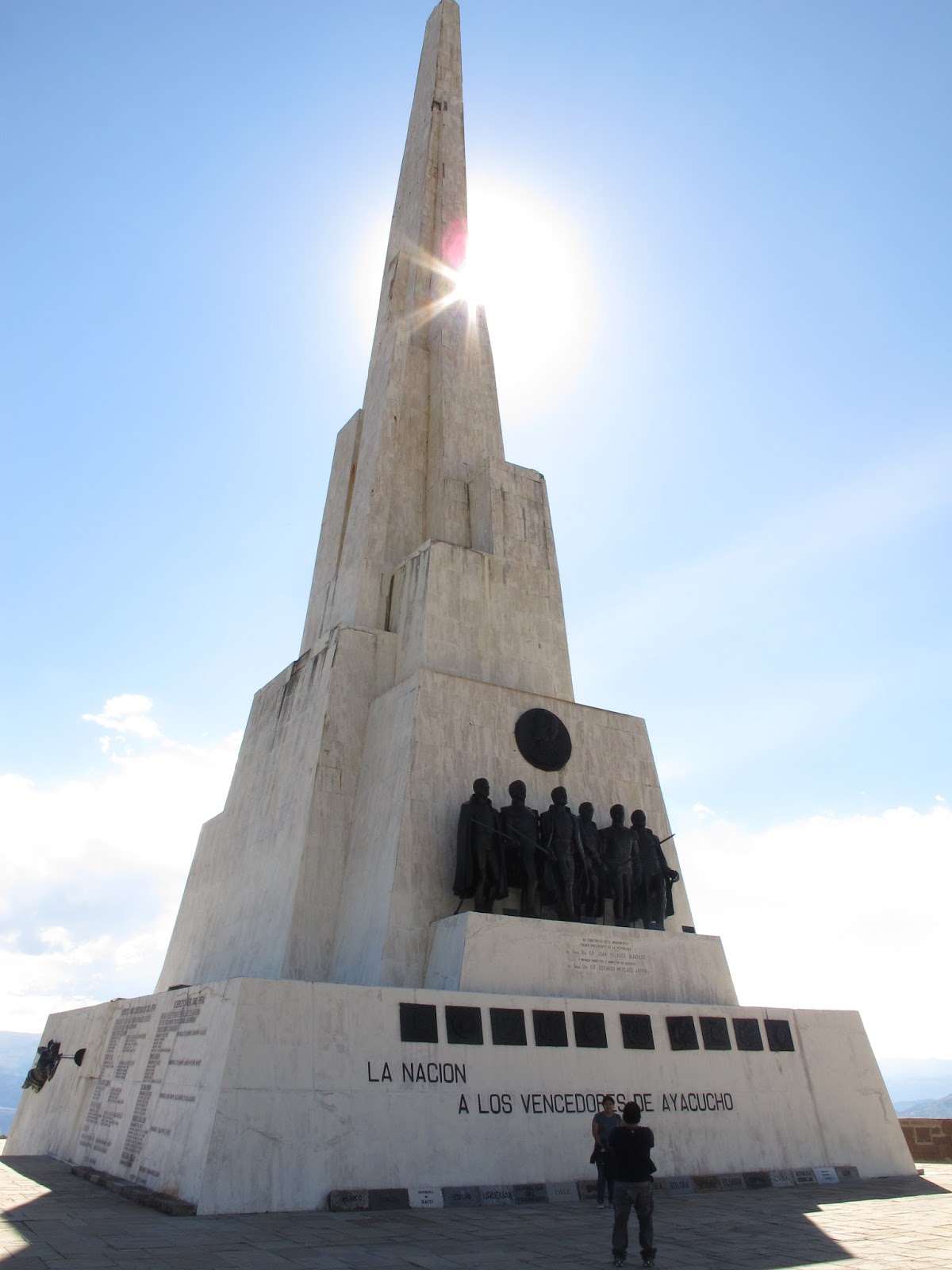 |
| Monument in the Pampa de Quinua that commemorates the Battle of Ayacucho. |
Apart from having been the base of the Wari civilization (7th to 13th centuries), it is a key place for the independence of Peru and the countries of Latin America from Spain after the victory of the patriotic troops over the royalists in 1824 (capitulation of Ayacucho).
And what impressed me the most is the history of terrorism, which was very powerful in this area. Starting in 1980 and for 12 years, there was a war between the group Sendero Luminoso (Shining Path), which wanted to establish a communist peasant regime, and the army, that considered the peasants and students as a danger.
The balance was 70,000 deaths, 45% by the Shining Path, 30% by the army, and the rest by other armed groups such as Tupac Amaru. A drama with disappeared, raped, and tortured people with consequences that still last.
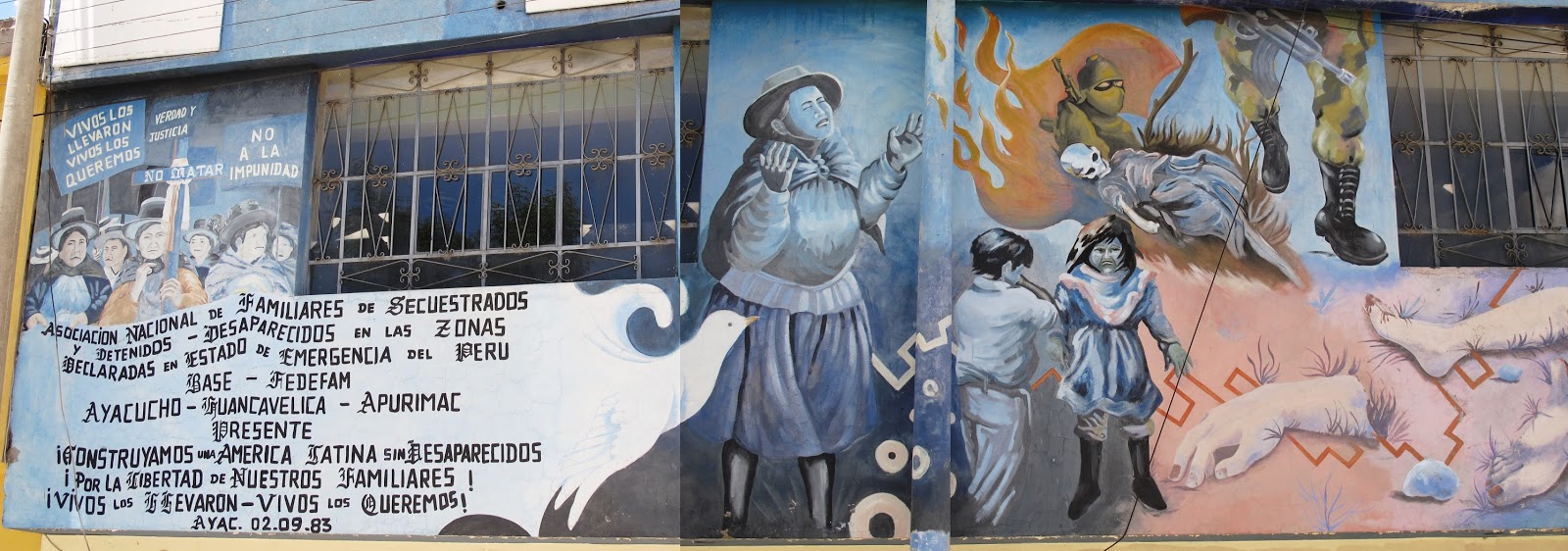 |
| Mural in the ANFASEP museum, Ayacucho |
Here is a trailer of the very interesting documentary by Luis Cintora, Te saludan los cabitos:
And here is another that explains a little more what happened in the cabitos, Ayacucho, from the point of view of the mothers and women of the disappeared, very emotional:
Before I get on the bus, I eat a sandwich quite spicy, quite a bad idea Sixteen hours by bus, with curves and without stopping to go to the bathroom … the company is called Chancas, I do not recommend it!
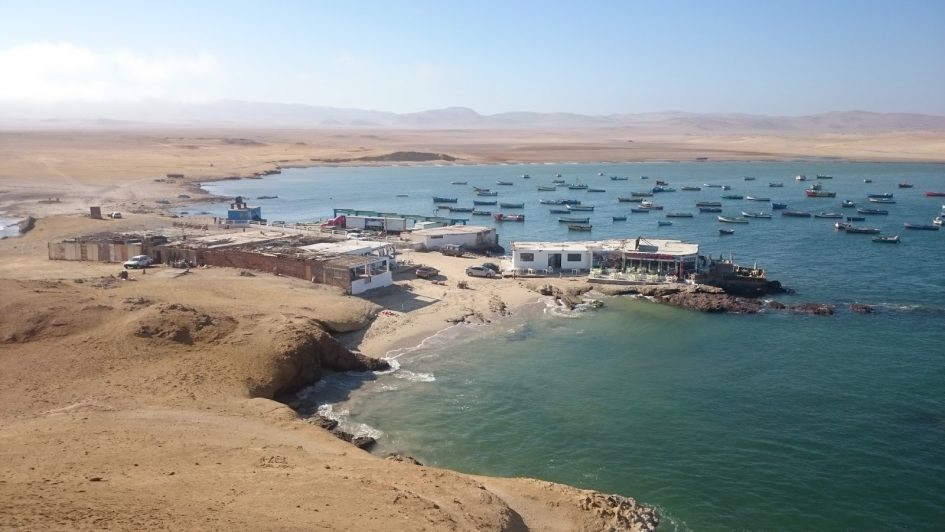
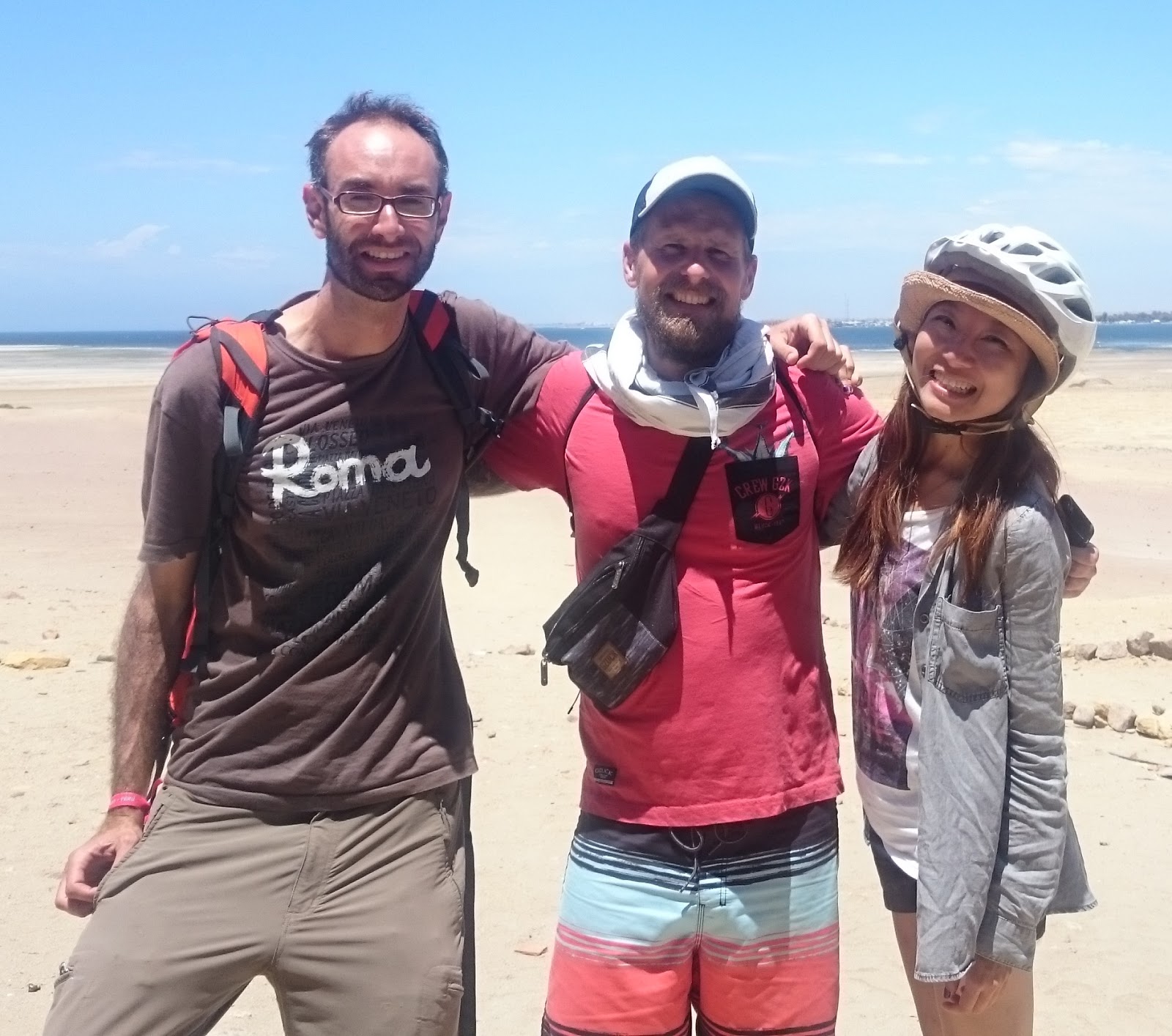
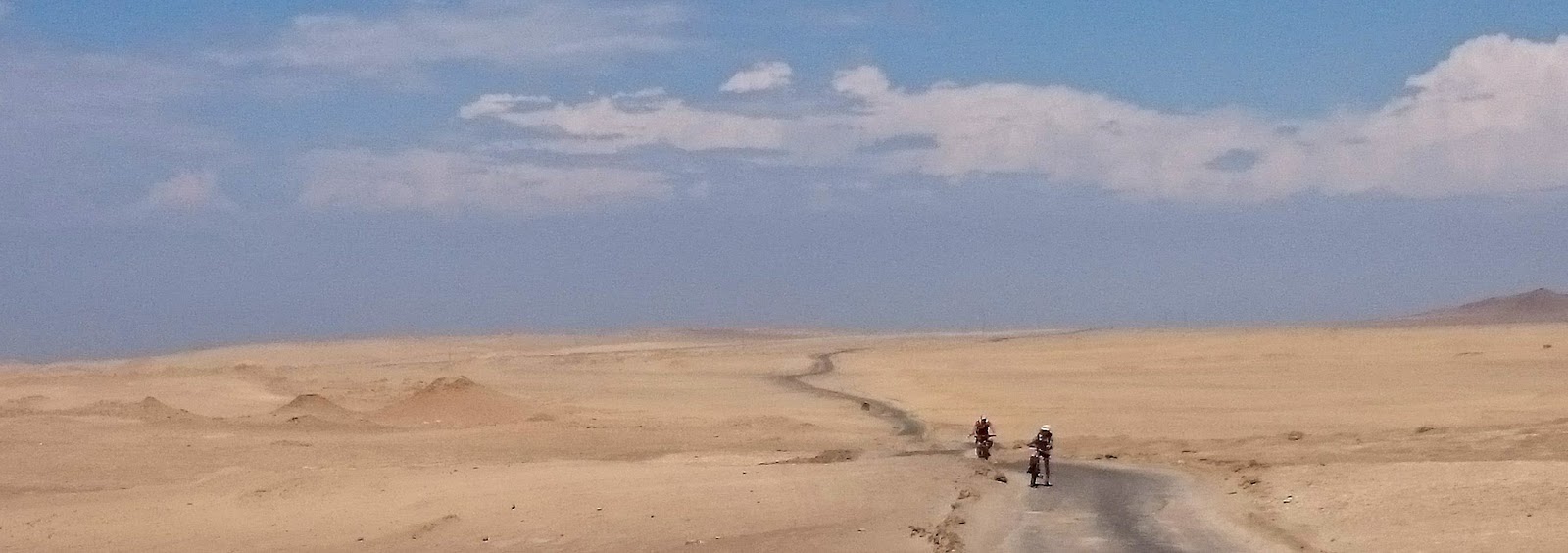
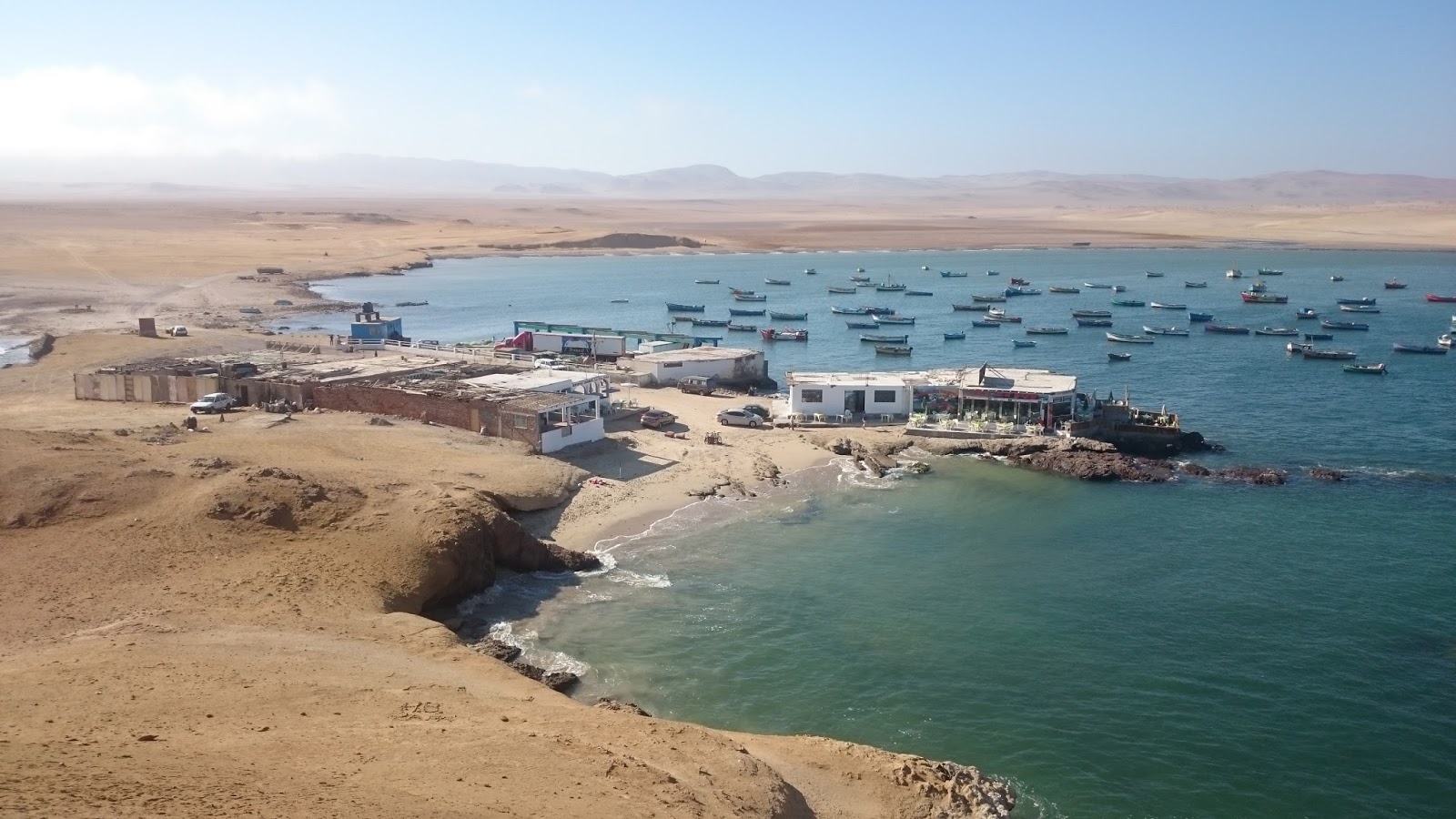
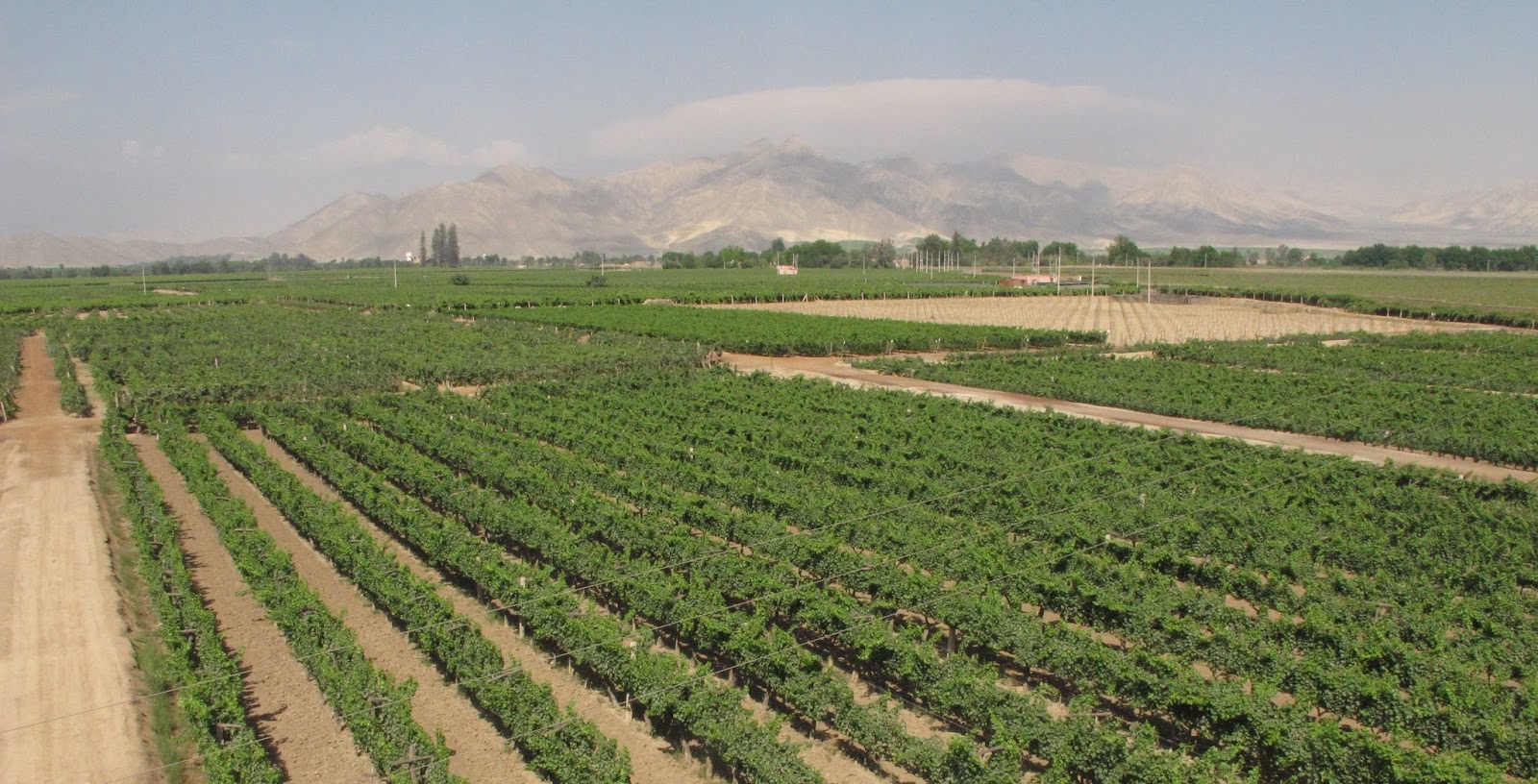
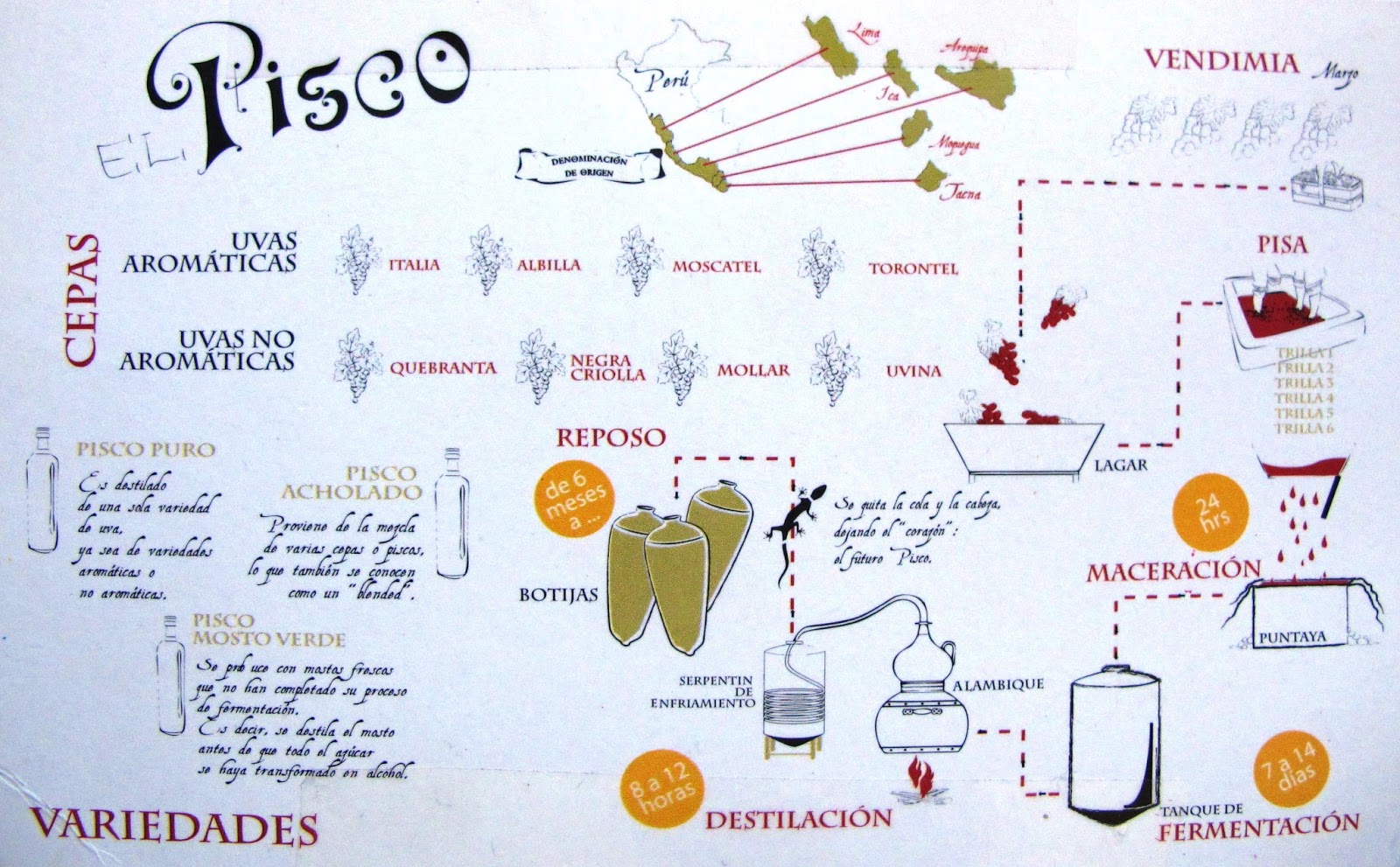
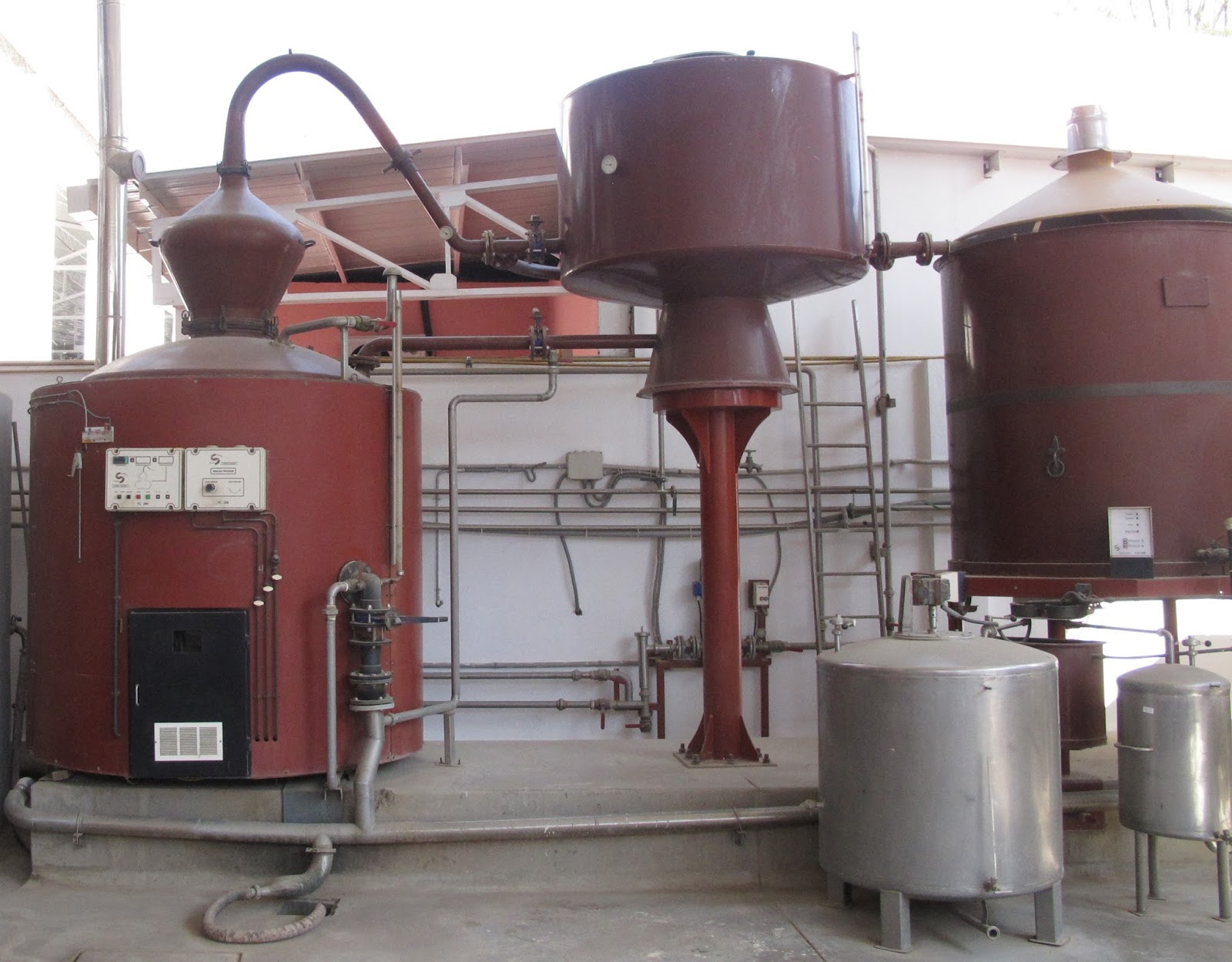
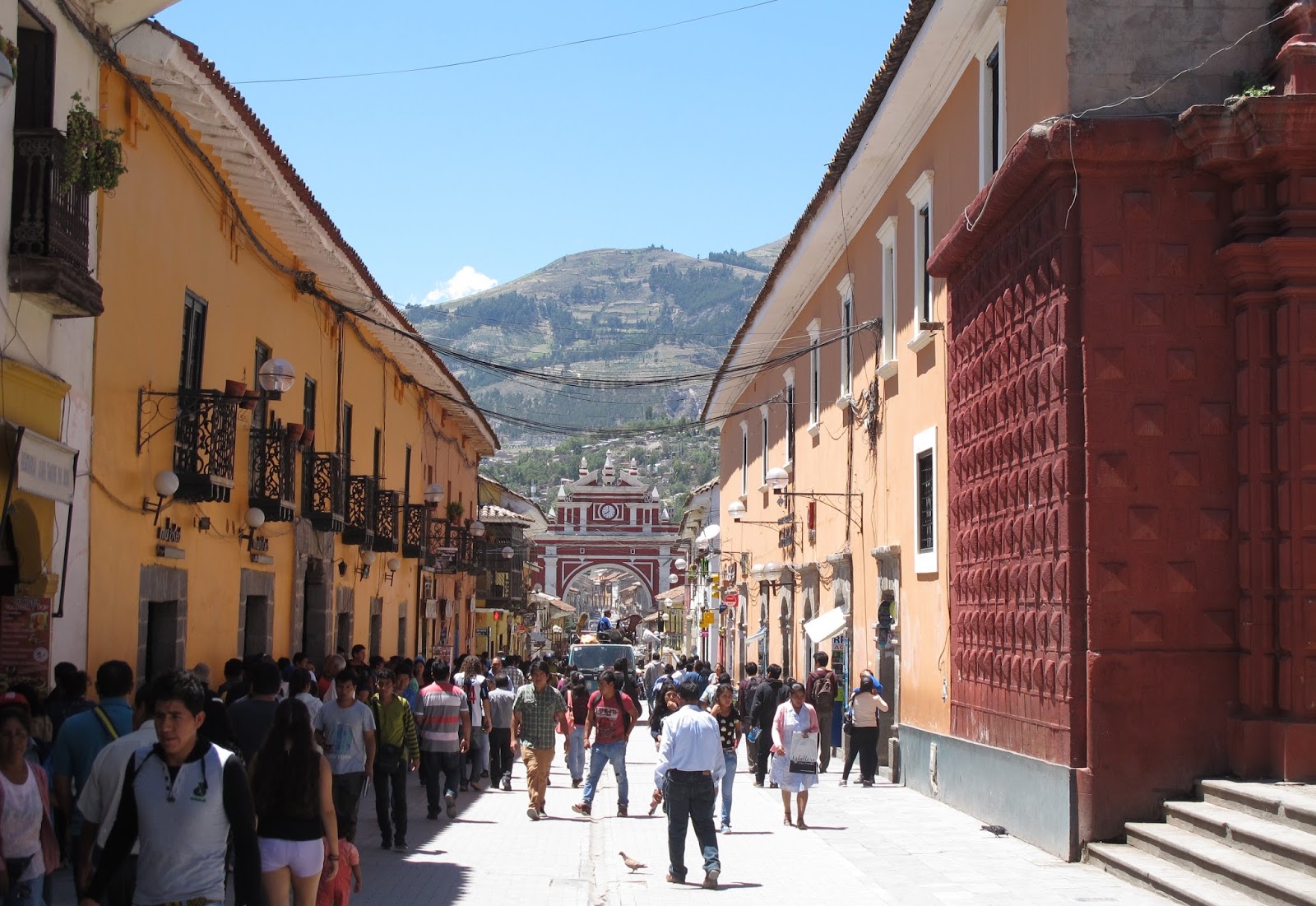

Leave a Reply